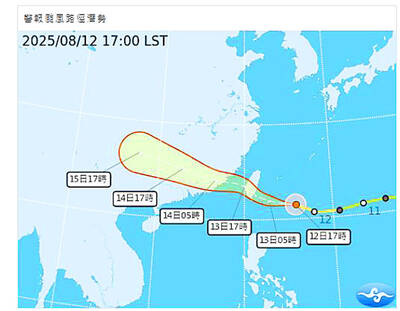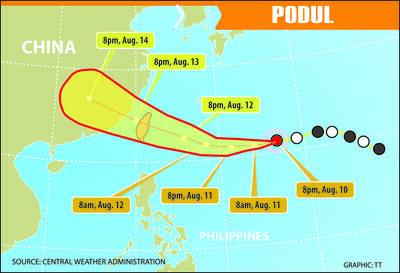Western banks are showing renewed enthusiasm for Russia as the dust settles following the Yukos affair, while a flurry of stock market flotations suggests renewed confidence in Russia's economy.
Germany's Dresdner Bank announced on Wednesday it would buy a third of Gazprombank, Russia's No. 3 bank and a subsidiary of the state-owned Gazprom energy giant, for US$802 million.
The deal is the latest sign that confidence is returning to a Russian financial sector badly hit by the 1998 default crisis and the recent dismembering of the Yukos oil company, seen by critics as a Kremlin-inspired witch hunt.
Last Monday, top German bank Deutsche Bank said it would acquire the remaining 60 percent of Russian investment bank United Financial Group (UFG) for an estimated US$400 million, after it bought 40 percent of the company in 2003.
Unlike most of the US banks that deserted in 1998, when the Russian government defaulted on US$40 billion of debt, "we decided to stay in Russia and it was worth it," Deutsche Bank board member Tessen von Heydebreck said this week.
Deutsche Bank's move "is a sign of confidence in the growth, both now and in future, of the Russian market," said UFG's chairman, Charles Ryan, who is due to take the top post at Deutsche Bank Russia shortly.
Reflecting a wider economic confidence in Russia as well as growing revenues in the oil sector, the benchmark RTS stock market index has gained 70 percent since the start of this year.
Stock market flotations by Russian banks have raised US$4 billion so far this year -- a massive leap compared with the US$1.3 billion registered for the whole of the period from 1992 to last year.
Sistema, a consumer services company, raised US$1.56 billion in February in an initial public offering (IPO) on the London Stock Exchange, while steel company Novolipetsk and telephone operator Comstar are preparing to follow suit.

GET TO SAFETY: Authorities were scrambling to evacuate nearly 700 people in Hualien County to prepare for overflow from a natural dam formed by a previous typhoon Typhoon Podul yesterday intensified and accelerated as it neared Taiwan, with the impact expected to be felt overnight, the Central Weather Administration (CWA) said, while the Directorate-General of Personnel Administration announced that schools and government offices in most areas of southern and eastern Taiwan would be closed today. The affected regions are Tainan, Kaohsiung and Chiayi City, and Yunlin, Chiayi, Pingtung, Hualien and Taitung counties, as well as the outlying Penghu County. As of 10pm last night, the storm was about 370km east-southeast of Taitung County, moving west-northwest at 27kph, CWA data showed. With a radius of 120km, Podul is carrying maximum sustained

Tropical Storm Podul strengthened into a typhoon at 8pm yesterday, the Central Weather Administration (CWA) said, with a sea warning to be issued late last night or early this morning. As of 8pm, the typhoon was 1,020km east of Oluanpi (鵝鑾鼻), Taiwan’s southernmost tip, moving west at 23kph. The storm carried maximum sustained winds of 119kph and gusts reaching 155kph, the CWA said. Based on the tropical storm’s trajectory, a land warning could be issued any time from midday today, it added. CWA forecaster Chang Chun-yao (張竣堯) said Podul is a fast-moving storm that is forecast to bring its heaviest rainfall and strongest

TRAJECTORY: The severe tropical storm is predicted to be closest to Taiwan on Wednesday and Thursday, and would influence the nation to varying degrees, a forecaster said The Central Weather Administration (CWA) yesterday said it would likely issue a sea warning for Tropical Storm Podul tomorrow morning and a land warning that evening at the earliest. CWA forecaster Lin Ting-yi (林定宜) said the severe tropical storm is predicted to be closest to Taiwan on Wednesday and Thursday. As of 2pm yesterday, the storm was moving west at 21kph and packing sustained winds of 108kph and gusts of up to 136.8kph, the CWA said. Lin said that the tropical storm was about 1,710km east of Oluanpi (鵝鑾鼻), Taiwan’s southernmost tip, with two possible trajectories over the next one

TALKS CONTINUE: Although an agreement has not been reached with Washington, lowering the tariff from 32 percent to 20 percent is still progress, the vice premier said Taiwan would strive for a better US tariff rate in negotiations, with the goal being not just lowering the current 20-percent tariff rate, but also securing an exemption from tariff stacking, Vice Premier Cheng Li-chiun (鄭麗君) said yesterday. Cheng made the remarks at a news conference at the Executive Yuan explaining the new US tariffs and the government’s plans for supporting affected industries. US President Donald Trump on July 31 announced a new tariff rate of 20 percent on Taiwan’s exports to the US starting on Thursday last week, and the Office of Trade Negotiations on Friday confirmed that it